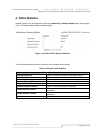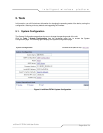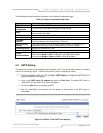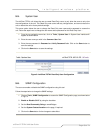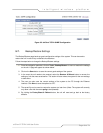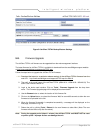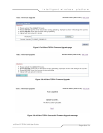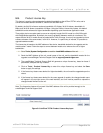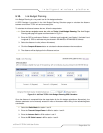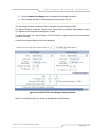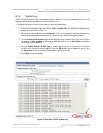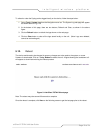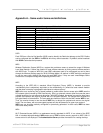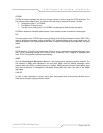
Page 74 of 74
intelligent wireless platform
airClient™ TOTAL 3416 User Guide
COFDM
COFDM involves modulating the data onto a large number of carriers using the OFDM technique. The
Key features which makes it work, in a manner is so well suited to terrestrial channels, includes:
• Orthogonality (the “O” of COFDM);
• The addition of Guard interval;
• The use of error coding (the “C” of COFDM), interleaving and channel-state information
COFDM is resistant to multipath effects because it uses multiple carriers to transmit the same signal.
RIP
The most popular of the TCP/IP interior routing protocols is the Routing Information Protocol (RIP). RIP is
used to dynamically exchange routing information. RIP routers broadcast their routing tables every 30
seconds by default. Other RIP equipments will listen for these RIP broadcasts and update their own route
tables.
DHCP
DHCP stands for ‘Dynamic Host Configuration Protocol’ and is a means for networked computers to get
their TCP/IP networking settings from a central server. Importantly, DHCP assigns IP addresses and
other TCP/IP configuration parameters automatically.
SNMP
Short for Simple Network Management Protocol, a set of protocols for managing complex networks. The
first versions of SNMP were developed in the early 80s. SNMP works by sending messages, called
protocol data units (PDUs), to different parts of a network. SNMP-compliant devices, called agents, store
data about themselves in Management Information Bases (MIB) and return this data to the SNMP
requesters.
SYSLOG
In order to track information on events, device jobs, and packets flows, most security devices out put
these events using the syslog information model.



